[Starting and landing successful] This night SpaceX will for the first time attempt to land the first stage of the Falcon 9 rocket on land
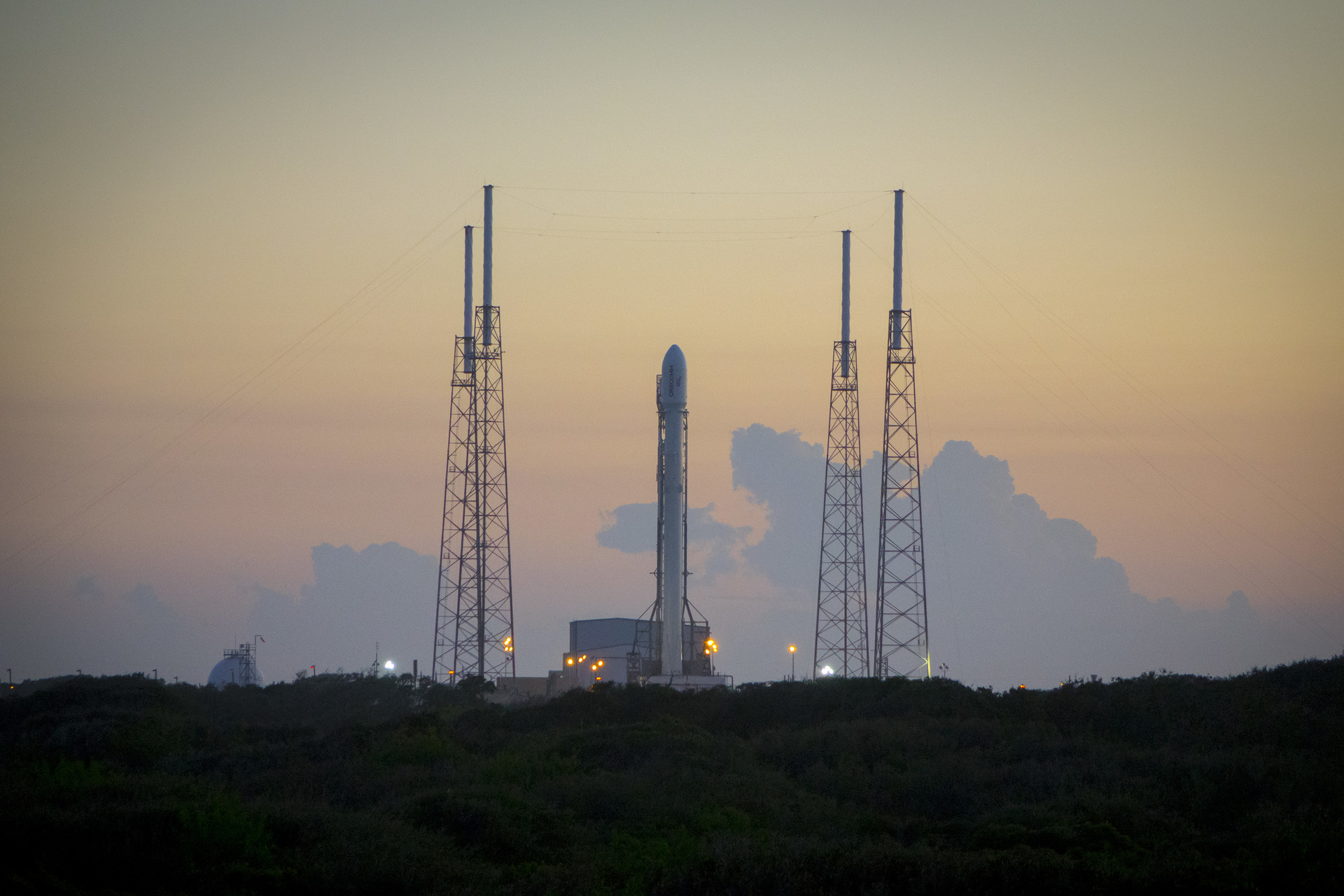
Falcon 9 rocket is preparing for static tests on the launch complex, SpaceX .
On December 21, at 4:29 am Moscow time, the private space company SpaceX will launch 11 Orbcomm telecommunications satellites using a Falcon 9 launch vehicle. Launch of communication satellites is not something extraordinary - this happens regularly. Interest is a side start problem. The company Ilona Mask first had a chance to work out the landing of the first stage of a rocket on land in order to study the possibility of reusing parts of the rocket to reduce the cost of launch.
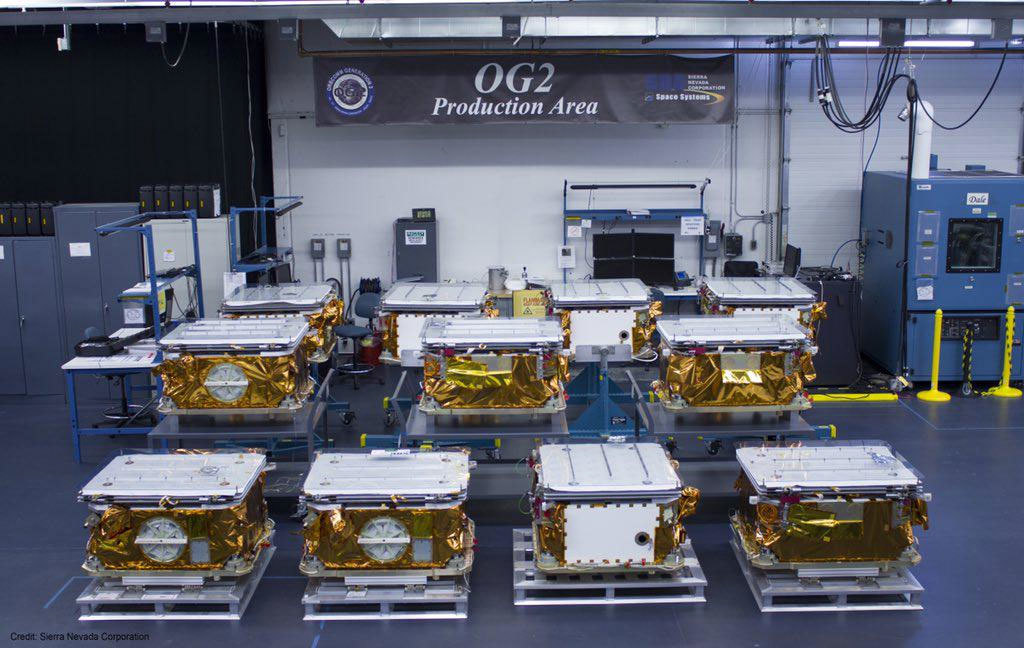
Launch Payload, Orbcomm.com .
There are several reasons to keep a close eye on this launch:
')
- SpaceX last time sent a rocket into the sky on June 28, 2015. Falcon 9 v.1.1 was supposed to send to the ISS a Dragon cargo ship without people on board. Start ended in failure. After 2 minutes 19 seconds after launch, the rocket exploded and the payload was lost. For six months, SpaceX has not launched a single rocket. The probable cause of the accident was found - this is a defective pressurization tank strut with liquid helium. The new launch should show that the Falcon 9 missile problem has been resolved. At stake are billions of dollars in contracts to launch commercial satellites, cargo for the ISS and future NASA astronauts.
- This is the first launch of the Falcon 9 v1.2 launch vehicle. The new version is a further modification of v.1.1, which is reflected in the second name of the rocket - Falcon 9 v1.1 Full Thrust. The goal was to create a first stage, which is suitable for rescue when removing the load on more diverse orbits, including large satellites to geosynchronous orbits. The rocket is 1.2 meters higher: its height with payload fairings is exactly 70 meters. The engines of the first and second stages, the steering wheels, the legs of the first stage, on which it should land, and the systems for the separation of the stages were renewed.
- The oxidizer (oxygen) will be cooled to a temperature of −206 °. This is below the boiling point of oxygen, which is −183 °, and slightly above the melting point (−219 °). According to the head of SpaceX Ilon Musk, this is the first case of using such cold liquid oxygen. Kerosene will be cooled to a temperature of −7 °. Due to the additional cooling will increase the density of the fuel.
- SpaceX is trying to create a rocket, parts of which will be reused. Such a solution should significantly reduce the cost of each launch. According to the designers, after the separation of the first stage, it should land on a special platform. Then it can be reused. No one else in the world does this, but SpaceX is trying to put this idea into practice. The new launch should end with another attempt to land the first stage of the Falcon 9 rocket. All previous ones turned into destruction of varying degrees of severity. During the first drive in the drive, the fluid ran out, and the stage fell hard on the barge . When the space observatory DSCOVR was launched, the landing attempt had to be abandoned due to poor conditions at sea . For the third time, the step of the village, but swung and fell with an explosion .
- Previous attempts at landing the first stage were made on an autonomous barge in the open sea. This time, SpaceX received the necessary permissions and prepared the Landing Complex 1 site . This launch will end for the first time in an attempt to land the first stage of the Falcon 9 rocket on land.
In general, the launch was to take place this night, but it was forced to be postponed. On Friday, instead of Wednesday , test activation of rocket engines was conducted. Usually, SpaceX makes its launches 2-3 days after static engine tests. Delays with this check also caused a shift in deadlines. There was a problem with the cooling of the fuel components , but still the test took place.
Similar test in September.
Earlier this week, one of the landing barges was launched into the sea. It is believed that the landing site — an autonomous barge at sea or Landing Complex 1 — will be selected before launch.
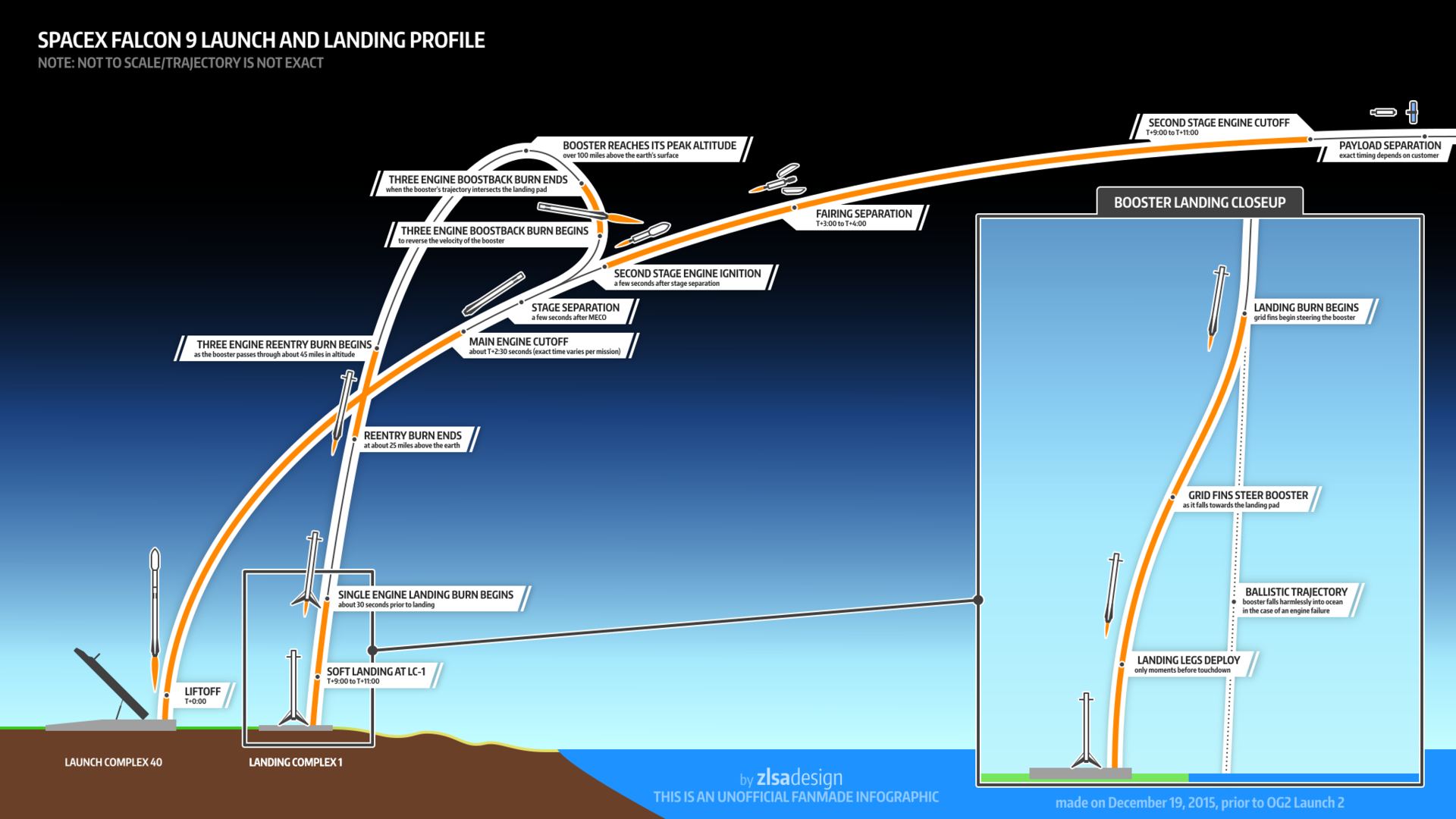
Unofficial infographics of the process of launching and landing from the artist zlsa .
The output of 11 Orbcomm communication satellites does not differ interesting details. The rocket will detach from the surface of the SLC-40 launch complex at Cape Canaveral. The first stage will work out the time allotted to it and separate from the rocket. The second stage will continue to output the payload to the specified orbit. And the first stage will perform a braking maneuver and touch the surface of the landing pad approximately 10 minutes after launch. Grate control will help control the decline. A tall and wobbly aircraft must stand up steadily thanks to four legs.
Five landing pads. The main has dimensions 60 × 60 meters. Concrete is designed to withstand the heat of the rocket engine and the weight of the stage. Help him in this ≈230 meters in diameter of rubble and earth surrounding the site. Four more with a diameter of ≈45 meters are scattered around in case of system errors. The documents claim that there are no plans to plant several stages at the same time. The Falcon Heavy launch animation says the opposite.

Landing Complex 1 (LC-1) or Landing Zone 1 (LZ-1). The main (highlighted in green) and spare (highlighted in blue) landing sites are marked.
If all the stages of this operation are successful, then it will simply be impossible to approach the stage. Although most of the oxidizer and fuel will be spent, it will still contain fuel residues, explosive electric batteries and pyrobolts. With the observance of the necessary safety procedures, kerosene and liquid oxygen will be drained from the rocket, they will release the gases of the pressurization system and deactivate the systems of self-destruction.
The stage will be loaded and transported to the LC-39A site. This object has a rich history: from it the Saturn-5 missiles sent people to the moon, and for many years after that the cosmodrome was used for launching space shuttles. SpaceX rented a site from NASA for 20 years and equipped it for its needs. There will be a stage to explore. She will be put on the launch pad and will run various tests. Of course, all this will be possible only on condition of a successful landing.
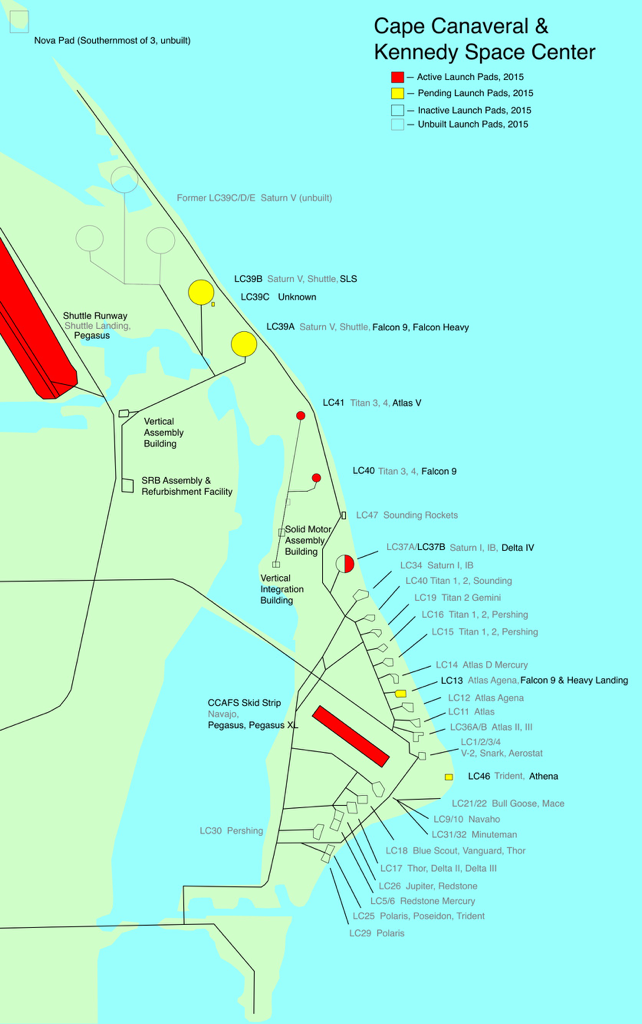
Schematic position of objects on Cape Canaveral. It is easy to find the LC40 (launch site), the LC13 (landing site) and the LC-39A, where the first stage will be investigated in case of a successful landing.
Meanwhile, locals receive warnings about possible supersonic slamming. The last time this happened was in 2011, when the last of the shuttle flights ended. The staff and guests of the Kennedy Space Center in the event of an alert system is encouraged to seek refuge and avoid being close to glass doors and windows. Attempts to observe launching or landing from unsafe places are prohibited. The sky was temporarily closed for flight : the first zone covers the launch pad, the second closes the landing area more.
On December 21 at 4:29 am, a 60-second launch window opens in Moscow where launch will occur. It is argued that the window is so small because the US Federal Aviation Administration does not want to interrupt the dense pre-holiday air traffic for several hours. If the launch does not take place that night, then the next fifteen minute start window opens on Tuesday. But the weather favors a good start: 20 percent chance of rain, 90 percent probability of successful weather conditions.
You can watch the launch video broadcast on the web:
www.spacex.com/webcast
Broadcast on YouTube
Updated 2015-12-21 01:00: Start delayed for about a day, because the chance of a successful landing tomorrow is 10% higher. The new launch time is December 22 at 4:33 am Moscow time . Orbcomm posted a fresh photo of the rocket.
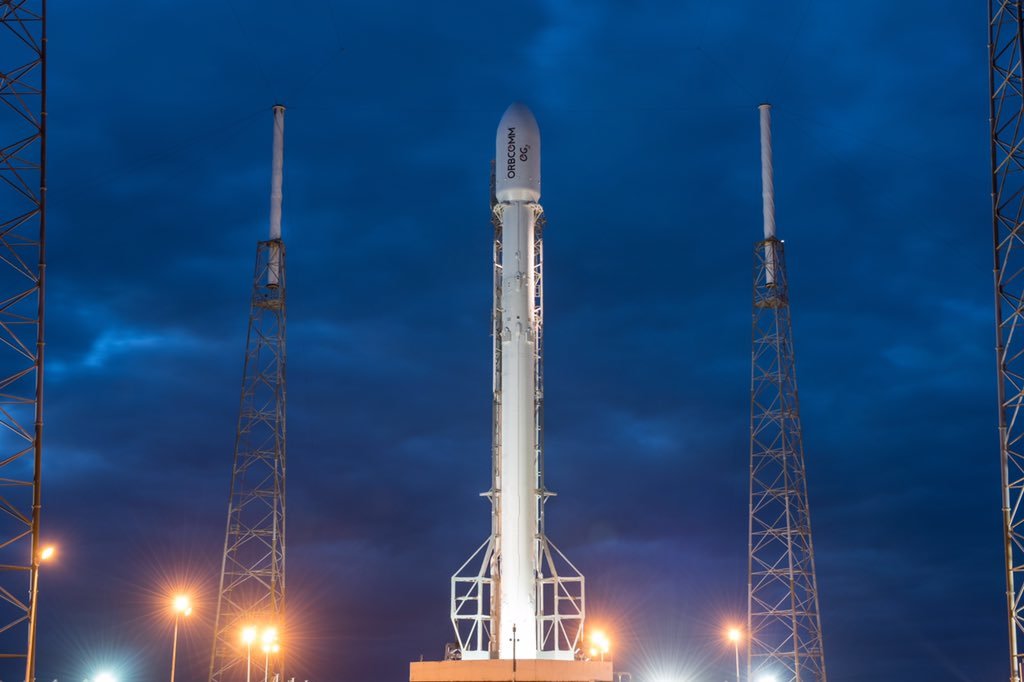
Updated 2015-12-22 05:00: Start and landing successful .
Source: https://habr.com/ru/post/367391/
All Articles